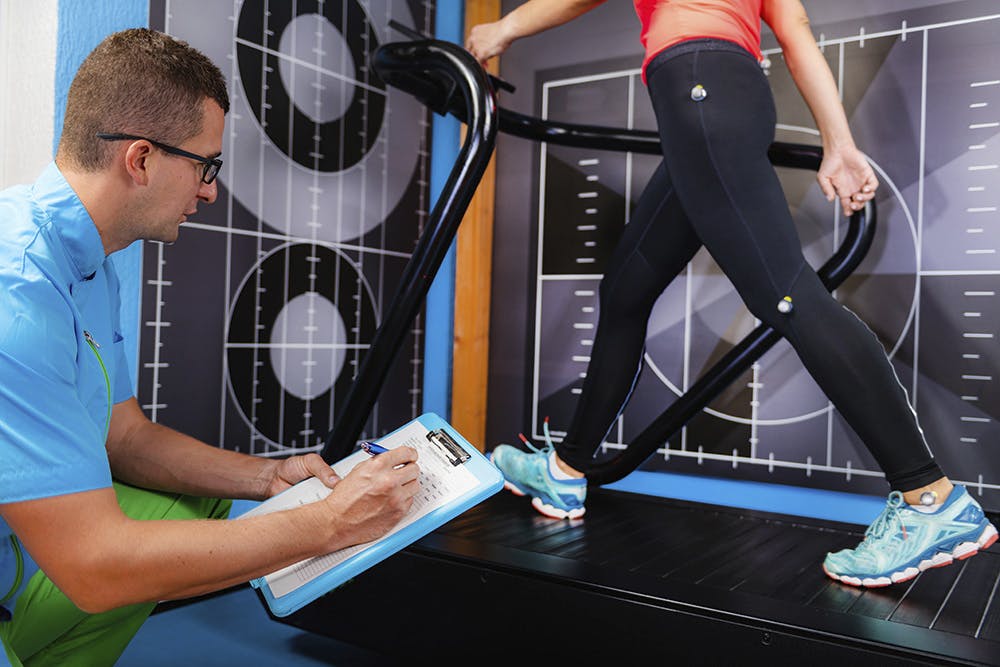
To accurately describe human movement, it is essential to establish a reference position or posture from which these movements are defined. Biomechanics plays a crucial role in understanding the mechanisms and causes of injuries. Within the realm of physical therapy, biomechanics is utilized to improve athletic performance and restore movement in individuals with neurological disorders.
What does a biomechanical analysis entail?
A biomechanical analysis involves a comprehensive study and analysis of an individual’s movement patterns and their impact on their overall health. This assessment takes into account all the moving parts of the body, not just the injured area, and significantly contributes to injury prevention and performance enhancement.
Biomechanical assessments are valuable in determining the most appropriate exercises for patients and providing them with a better understanding of how their bodies respond to treatment. Education on proper mechanics benefits athletes of all ages and skill levels.
During a biomechanical analysis, your physical therapist conducts a thorough evaluation of your lower limbs to assess their functionality. This examination helps identify potential abnormalities and potential sources of pain, such as foot pain, ankle pain, knee pain, or back pain.
What can I expect during my biomechanical analysis?
During the analysis, your physical therapist will:
- Inquire about any aches or pains you may be experiencing.
- Review your medical history and previous injuries.
- Discuss your goals for pain reduction, increased strength, improved agility, and more.
Throughout the assessment, your physical therapist will measure joint mobility and observe your movement patterns while you perform various activities such as sitting, standing, reaching, twisting, or other tasks integral to your daily life.
By observing your movements, your physical therapist gains insight into:
- Areas of the body that may exhibit excessive or insufficient movement.
- Regions experiencing muscle tension or tightness.
- Joints that may be restricted or display excessive mobility.
- Imbalances in muscle strength and joint range of motion.
Based on this information, an individualized treatment plan is developed. Its purpose is to align your movements correctly, minimize or eliminate pain, and reduce the risk of future injuries.
Contact Us Today!
Call us at (480) 632-6667 to request an appointment or to receive information on how a biomechanical analysis can benefit you.
Resources
